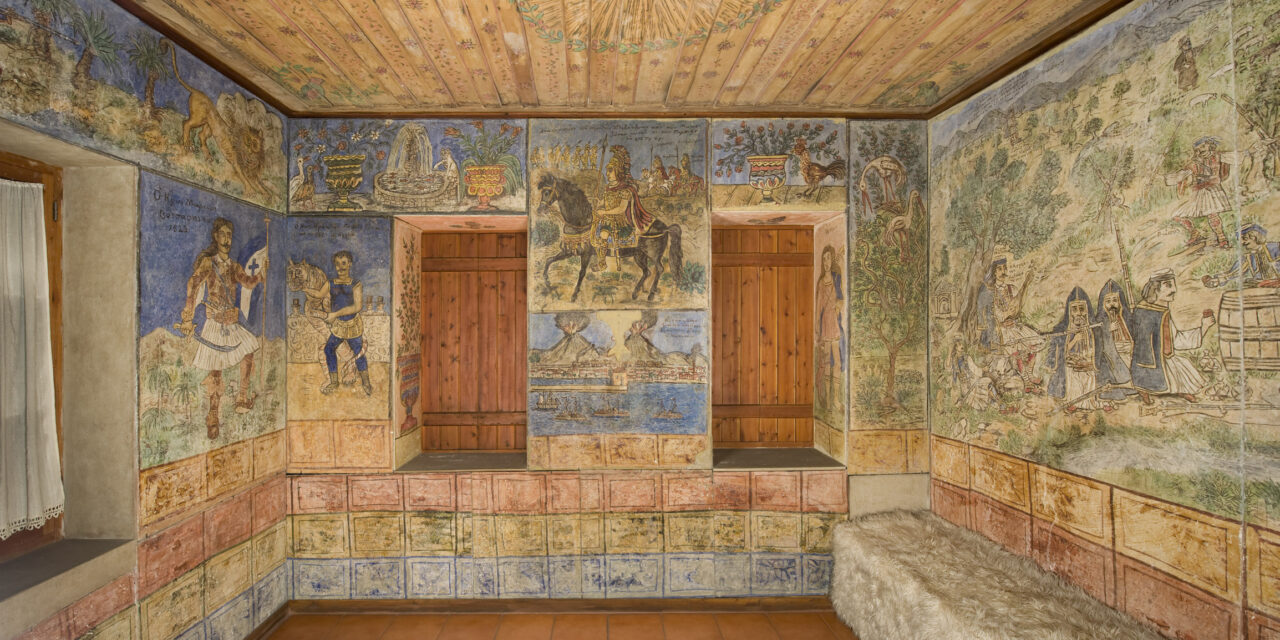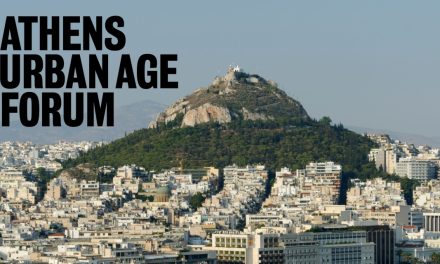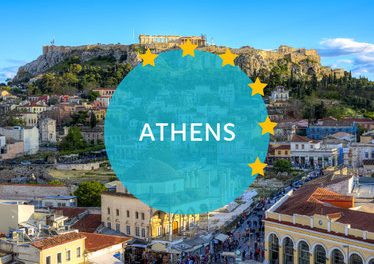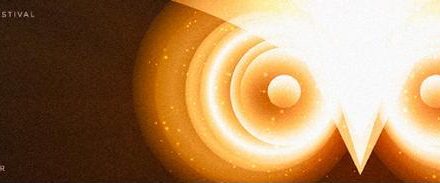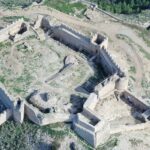The Museum of Modern Greek Culture recently opened its gates in the centre of Athens. The Museum’s collections and spaces are housed in 18 buildings and their surroundings, mostly in the block formed by Areos, Adrianou, Vrysakiou and Kladou streets in Monastiraki, but also in other venues in the neighborhood of Plaka.
The exhibition of the Museum’s permanent collections was inaugurated in late December; it includes objects from the mid-18th century to the 1970s, interactive digital applications, multimedia and a variety of visual material. Apart from the permanent exhibition, the museum has a space for educational programs, temporary exhibitions and events, an open-air theatre, a cafeteria and a shop.
Modern Greek culture is presented in a comprehensive way, through an interpretative approach to tangible and intangible cultural heritage. The objects of folk art function as a means to shed light on the everyday life, mores, aesthetics and experiences of Greek people in the recent past, which have also played a part in shaping the contemporary cultural identity of the country and its people.
As Minister of Culture Lina Mendoni has stated: “(…) The reborn Museum of Modern Greek Culture, which with a new, modern and original scientific and aesthetic approach combines traditional architecture, the natural and urban environment and modern technologies and revitalizes a historic neighborhood of Athens, turning it into a multipurpose space for the promotion and display of the modern material and intangible cultural history and heritage of Greece.”
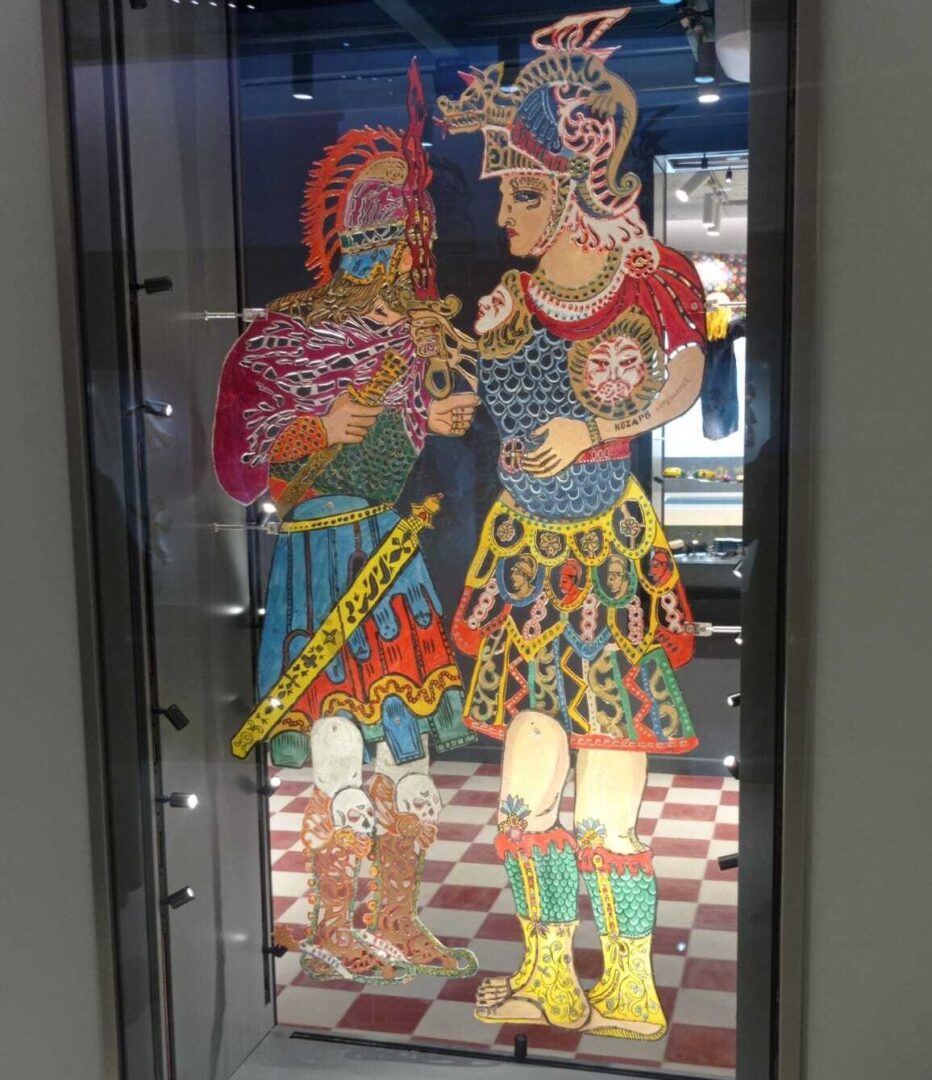
History and regeneration of the Museum
The institution was originally founded in 1918 as the Museum of Greek Folk Art, by the poet Georgios Drosinis, the archaeologist G. Kourouniotis and a group of Athenian intellectuals under the name “Museum of Greek Handicrafts”. In 1923 its name was changed to “National Museum of Decorative Arts”. It was given its present name in 1959. Until 1973 the Museum was housed in the Tzistaraki Mosque in Monastiraki Square. Permanent exhibition and main functions were then transferred to the building at Kydathinaion 17 in Plaka.
The restoration of the 18 buildings of the MNEP was completed in 2021, with funding from the Attica Regional Operational Program 2007-2013, with a total budget of 6,300,000 euros, and implemented by the Directorate of Protection and Restoration of Modern and Contemporary Monuments of the Ministry of Culture.
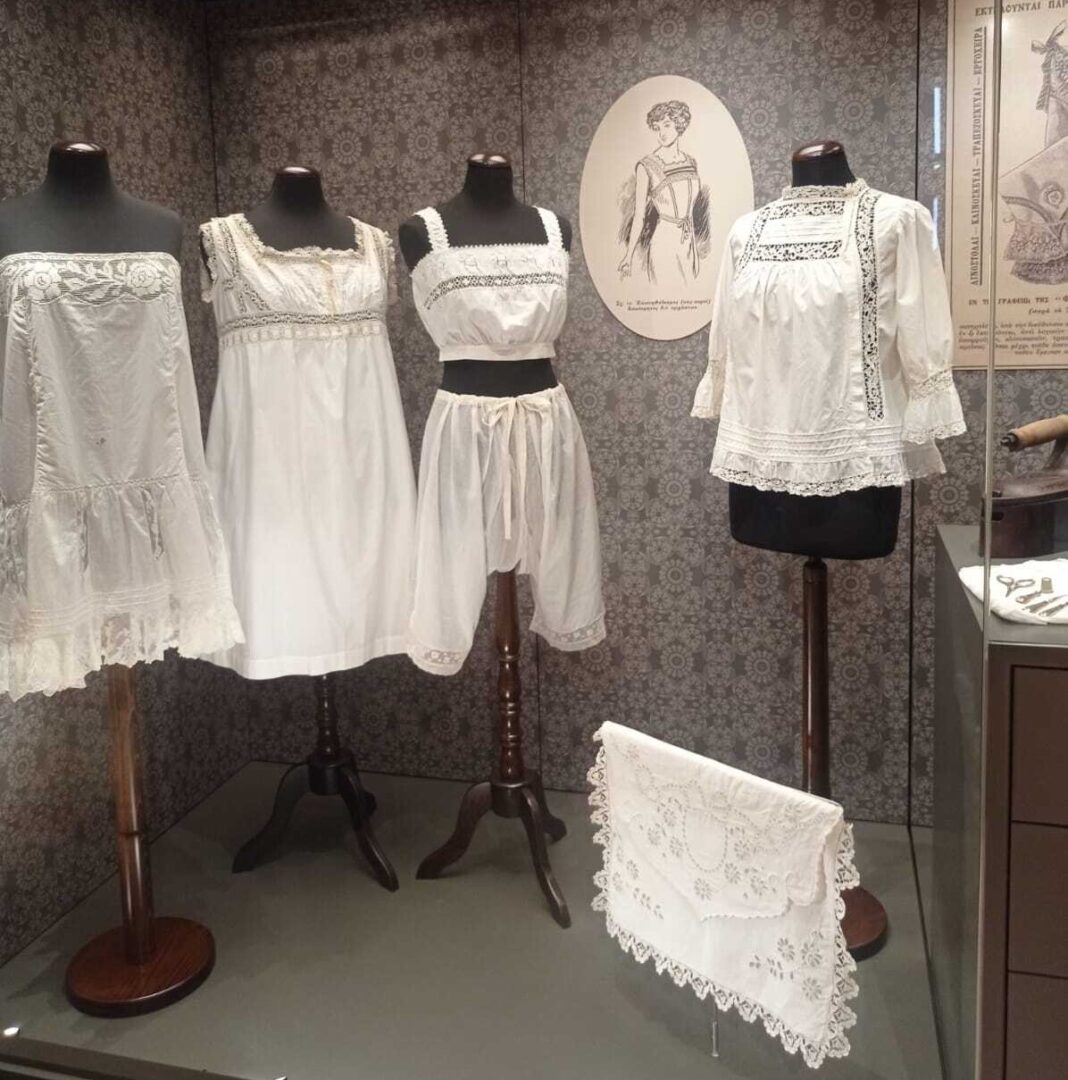
An innovative approach
The Museum of Modern Greek Culture has been collaborating for two years with the Universities of Peloponnese and West Attica and with the IT companies HS Tech, Altsol and Gnosis in the research project MELTOpenLab: Documentation and Ontology of Exhibits / Objects of Modern Cultural Heritage and Methods of their Restoration & Conservation, Behavior Analysis and Creation of a Personalized Visitor Experience in Museums and Multicultural Sites / Open Laboratories, co-funded by the ERANEK 2014-2020. The aim of the project is to enhance the visitor’s museum experience through the provision of graded information and narrative journeys.
In this direction, an integrated system was developed for the documentation and promotion of selected objects-exhibits of recent cultural heritage of the Museum and their restoration and conservation methods. Visitors to the museum will have a digital application at their disposal that will enhance, record and analyze their museum experience. At the same time, the Museum has set up an Open Lab, where the public can observe modern methods of fabric conservation and restoration that reflect the full life cycle of objects until they are exhibited.
The app is currently being piloted so that it will soon offer the public a different visit to the brand new Museum of Modern Greek Culture while the OpenLab will soon be able to welcome you on specific days and hours.
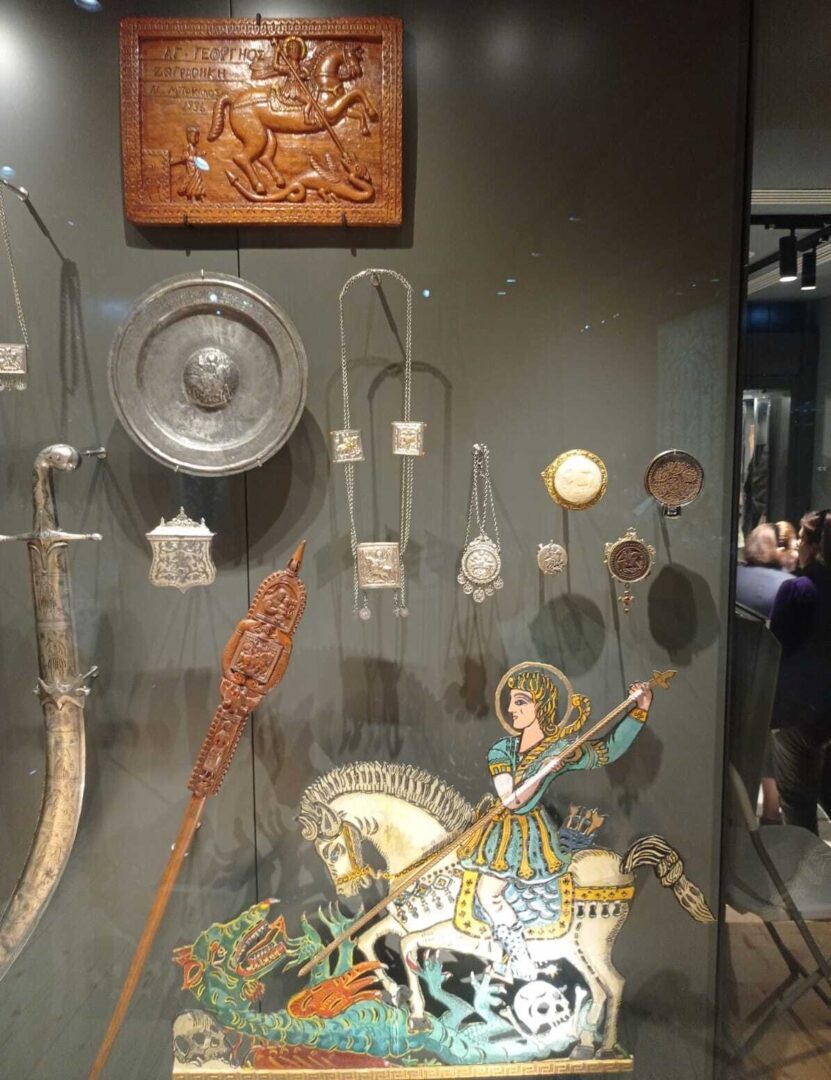
The new permanent exhibition
The new permanent exhibition of the Museum of Modern Greek Culture is housed at the number 10 of Areos street, in the block defined by the streets Adrianos – Areos – Kladou and Vrysakiou in Monastiraki.
In this 19th-century neighborhood you can find parts of the city walls from the late Roman era, an early Christian basilica, parts of a 17th-century mansion and a chapel, and houses dating from the 19th and early 20th century, with elements from the period of King Otto and of vernacular architecture.
The permanent collection focuses on the human experience, presenting Modern Greek culture in a comprehensive way, through an interpretive approach to material and immaterial cultural heritage. Exhibits date from the mid-18th century to the 1970s and include various objects, such as traditional clothing, utensils used in daily life, artifacts such as hand-made toys, religious icons, embroideries, “Karagiozis” shadow puppets, as well as frescoes by the most renowned Greek folk artist, Theophilos.
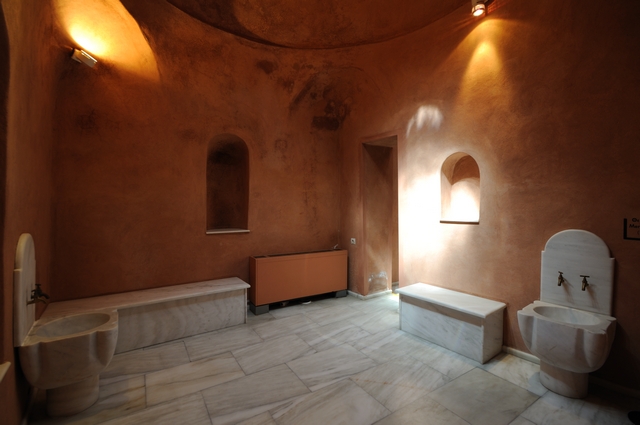
The Bathhouse of the Winds
The Bath House of the winds is the only public bath of Athens surviving today. It dates from the first period of Turkish rule (1453 – 1669) and stands near the Roman forum and the Tower of the Winds. It functioned as a bathhouse until 1956, and is now the property of the Ministry of Culture and Tourism. After the building’s acquisition by the museum, it was restored and modified to become part of the museum, dedicated to the theme of personal hygiene and beauty rityuals through the ages.
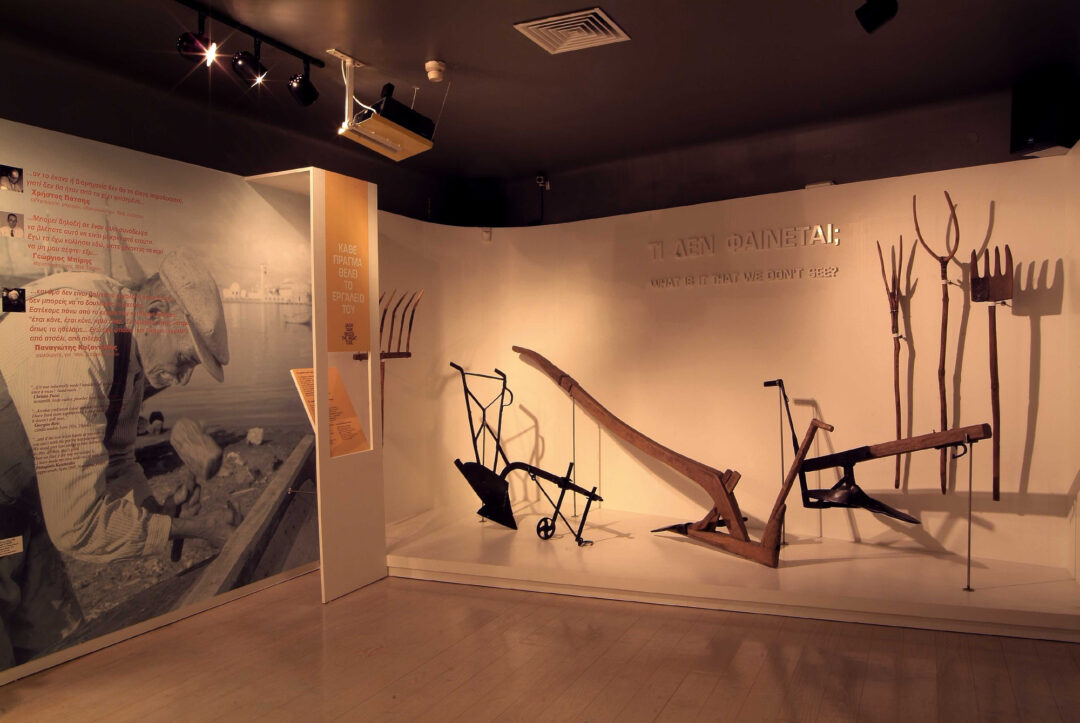
22 Panos Str
The museum building situated at the number 22 of Panos street, originally a simple two-storey residence of the 19th century, houses the permanent exhibition “Man & Tools”, featuring various devices used in the recent past in traditional crafts and skills; by people such as carpenters, cobblers, potters, barrel makers, tanners, etc. but also by farmers.
The collection of tools is accompanied by material including photographs and records of personal testimonies, while interactive exhibits allow visitors to familiarize themselves with the use of some of these objects. The goal is to help people explore the narratives behind the tools and what their use meant for workers at a time before mass production.
Ν.Μ. (Image Source: The Museum of Modern Greek Culture official page and official Facebook page)
Read also via Greek News Agenda: Tower of the Winds: The world’s oldest “weather station”; The Museum of Greek Folk Musical Instruments “Fivos Anoyanakis”; Book of the Month: Greek Folk Tales – A Look at the Temperament and Ethos of the Greek Folk Psyche ; Arts in Greece | Theophilos, the genuine Greek folk artist

